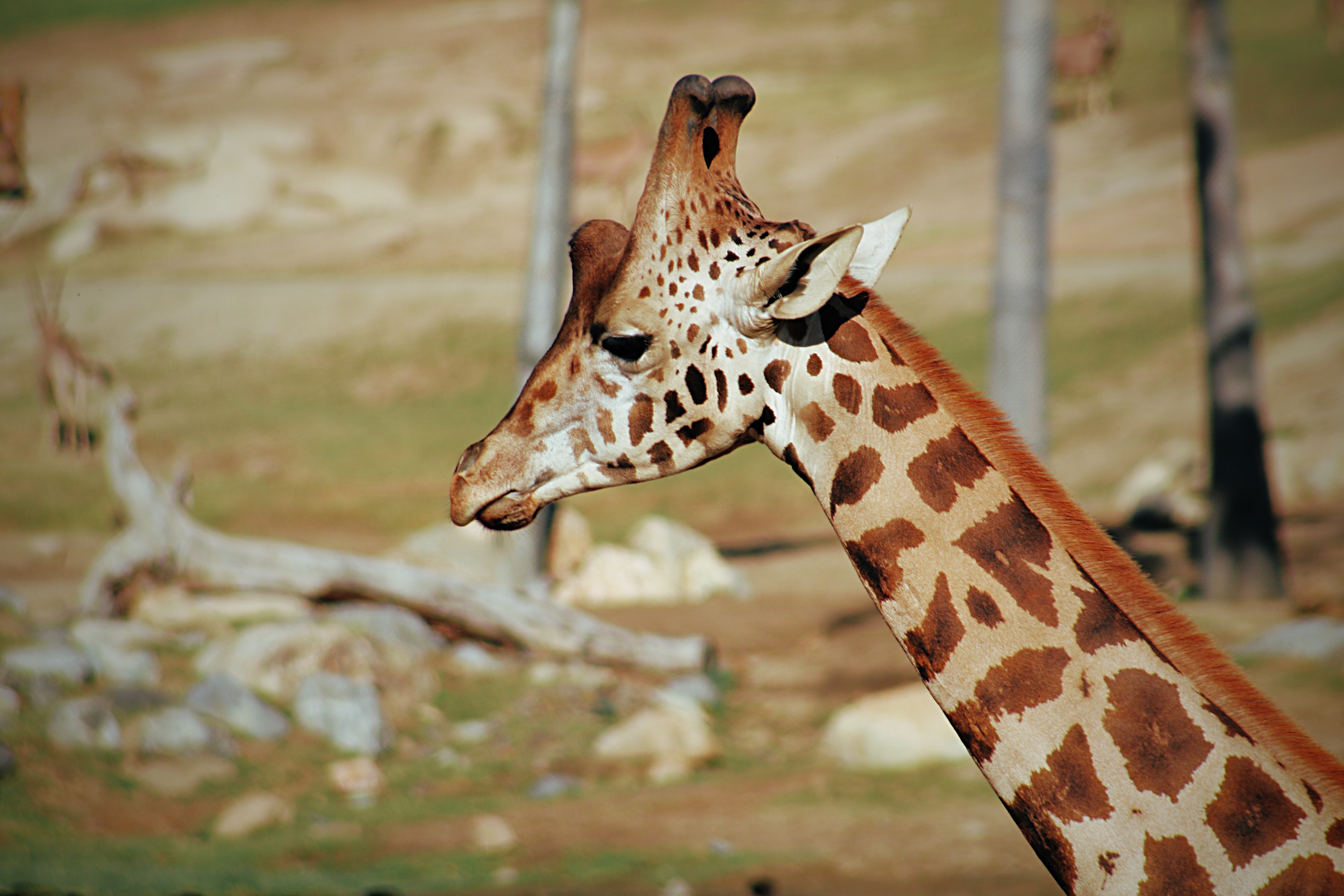Probably one of the most surreal moments in our lives was seeing and interacting with animals we had only seen on flash cards as a kid. Every kid has probably dragged their parents along to the zoo just to see these magnificent creatures in the flesh or even learn that some other animals even exist. (Although as an adult, I’ve come to realize how zoos are actually unfair for the animals being held captive—just so humans can make profit from them—instead of living a free life in the wild.)
Seeing a giraffe in person and marveling at their grand stature is one of the most precious memories we’d surely want to keep. Sad to say, though, we might be keeping these majestic animals only in our memories if we don’t do something about their impending extinction.
In a recent update of the International Union for Conservation of Nature (IUCN) Red List of Threatened Species, two out of nine IUCN-recognised subspecies of giraffes, the Kordofan and Nubian giraffe, are classified as ‘Critically Endangered’ while the Reticulated giraffe is listed as ‘Endangered.’
Though this may come as a shocker for some, giraffes were reportedly undergoing a “silent extinction” as early as 2016 and its population has drastically gone down by 40%—a result of habitat loss due to increase in human population and expansion in agriculture, mining and construction, and illegal hunting that are all pushing giraffe towards extinction. Poaching has also contributed to its impending extinction as giraffes are killed for its meat and ‘freshly severed heads and giraffe bones’ can bring in up to $140, according to a 2010 Rothschild Giraffe Project report.
“Whilst giraffes are commonly seen on safari, in the media, and in zoos, people – including conservationists – are unaware that these majestic animals are undergoing a silent extinction. While giraffe populations in southern Africa are doing just fine, the world’s tallest animal is under severe pressure in some of its core ranges across East, Central and West Africa. It may come as a shock that three of the currently recognised nine subspecies are now considered ‘Critically Endangered’ or ‘Endangered’, but we have been sounding the alarm for a few years now,” says Dr Julian Fennessy, co-chair of the IUCN SSC GOSG, and Director of the Giraffe Conservation Foundation (GCF).
Despite the alarming status of the three giraffe subspecies, the good news is that two subspecies that were previously considered ‘Endangered’ (West African and Rothschild’s giraffe) have since improved their conservation status, according to IUCN report. The two have been downlisted to ‘Vulnerable’ and ‘Near Threatened’ due to concerted efforts by African governments and conservation organisations, under the guidance and support of GCF.
This proves that there’s still hope in saving the above-mentioned subspecies’ status from passing to ‘Extinct in the Wild’ and becoming totally ‘Extinct.’ Supporting conservation efforts is one way of doing our part in saving the “tallest animal in the world” from being totally out of reach in this lifetime.



